In 1957, Hugh Everett suggested the Many Worlds Interpretation of quantum theory: each time the wave function collapses another universe is created. Given we have one COVID pandemic, and, yet, a multitude of global responses, might the Many Worlds Interpretation provide us with useful insight into our current crisis?
There’s a theory within quantum physics called the Many Worlds Interpretation (MWI). At its most basic level, MWI suggests that whenever a quantum experiment is performed an entirely new and independent universe is created for each of the possible outcomes of the experiment. MWI is a way of not having to deal with the paradox of Schrödinger’s cat. When the radioactive trigger goes off inside the box, two universes are instantaneously created: one where the cat lives and one where the cat dies. But, you only find out which universe you’ve been sent to when you open the lid to the box!
Reflecting on the many worlds interpretation got me thinking about the global response to the COVID-19 pandemic. On the face of it is seems we have a single phenomenon: the SARS-CoV-2 coronavirus; a form of experiment we are performing: the public response to COVID-19; and, a variety of worlds that exist following the experiment: the lived experience being quite different for populations across the globe (some suffer isolation and lockdown, while others enjoy more freedom). What can quantum physics and the MWI tell us about what appear to be the Many COVID-Worlds? Are our governments having a powerful influence on the pandemic where we live? Are we being sent to unique COVID-Worlds?
Considering the variation in national COVID-19 responses this way, two possible interpretations come to mind: (1) it may be that domestic policy and mitigation prescriptions are changing the physical reality of the disease and this is why social reality differs between (and even across) national jurisdictions; or, (2) the domestic policy and mitigation prescriptions of particular authorities are sending their populations to particular COVID-Worlds.
Most policy-makers would like to believe they have the capacity to change the physical reality of the disease. Few, however, would accept they are sending their constituents to new, and divergent, COVID-Worlds. Indeed, policy-makers like to believe their mandates are having a determining effect on COVID-19, while simultaneously, ensuring we all live in precisely the same COVID-World.
Unfortunately, as with a quantum paradox, this reading of events does not comport with our lived experiences. Life in Stockholm in 2020 is quite different from life in London, and neither are quite like life in Sydney. In a banal and mundane fashion, these new COVID protocols (whatever they may be) have surprisingly easily become the ‘new normal.’
A further hallmark of our present dilemma is the spatial and conceptual alienation. Given domestic and international travel restrictions, many Londoners, Stockholmers, and Sydneysiders have no knowledge of life outside their COVID-World. Not only is travel between jurisdictions difficult, expensive, and undesirable, it is being deliberately discouraged by both departure and host countries alike. At this moment, human populations are experiencing a form of disconnectedness completely at odds with the near-simultaneity, ubiquity, and interconnectivity that 21st century global media entanglements have accustomed us to feel. It is extremely difficult to access another COVID-World in any meaningful sense, so in an attempt to bridge this gap, it is typical to ask friends and family abroad, ‘how is it for you?’
Finally, every distinct domestic population has been on its own particular trajectory since March 2020 and know only their specific past, present, and future. Every country has its own pandemic ballad: a story we can relay to one another about the first arrival of the virus, the early cases, where it came from, outbreaks, suppressions, mitigations, and the popular reactions.
A key element of this little thought experiment is to note that Sweden, Australia, and the UK’s respective policy prescriptions have been quite different. The measures put in place to combat, mitigate, or otherwise address the presence of COVID-19 in-country have varied in number, kind, intensity, duration, and timing. In the crudest of descriptions: Australia took the hard and fast approach; UK the late and sloppy; and Sweden, the wait and see. To summarise: each nation experienced the one phenomenon (COVID-19), performed a distinct experiment (particular response measures), and finds themselves in a divergent COVID-world (isolated, unique, and inaccessible).
So, how do we account for what we observe?
Neither of the two interpretations proposed above, taken singly or together, provide a complete picture. Firstly, we are not unproblematically changing the physical reality of the disease. It’s not as simple as saying: the virus arrives on our shores, we do X, now the virus and its transmission are affected to X degree. In many cases it would be more accurate to say we are simply changing the knowledge we obtain about the physical reality of the disease – depending upon the specific domestic policy and mitigation prescriptions. Secondly, although we genuinely do inhabit the same COVID-World, the media and other powerful political and institutional actors are fostering a discourse based upon the assumption that we have been sent to new, and divergent COVID-worlds. The old us vs. them, insider-outsider, and friend-enemy dichotomies are deployed to create visceral distinctions between one COVID-World and another.
With respect to ‘changing the knowledge we obtain about the physical reality of the disease,’ in March 2020, Oxford University produced a study claiming up to 50% of UK residents had been or were infected with COVD-19. Despite this possibility, quantitative data graphed so elegantly as a ‘first wave’ in March-April-May shows a dramatic and exponential spread of the disease throughout the population. However, I suggest that March-April-May was not a wave in infections as much as it was a wave in testing: the sharp increase in cases mirroring the newly obtainable information generated by widely available COVID-19 test kits. Similarly, we were in no position to attribute deaths to COVID-19 until the experimental set-up existed to test the deceased and dying for the disease. In other words, what we think we understand about the life-cycle of the epidemic; its spread and mortality rate, is frustratingly entangled with our ‘tools of observation’; and when these tools became available, their function, and capacity.
Now, concerning the ‘assumption that we have been sent to new, and divergent, COVID-worlds,’ most national media appear to operate under the illusion that the social reality they investigate and opine upon is a reality that could not have been otherwise. In other words, rather than a probabilistic future based upon the measures their governments adopted (for better or for worse), the media assumes the mentality that authorities determined the course of events, and, with them, the COVID-19 outcomes splashed daily across their broadsheets: cases, hospital admissions, and deaths alike. According to popular narrative, Australia has a low rate of infection and deaths attributed to COVID-19 because authorities acted with haste and prudence; the United Kingdom has an appallingly high rate of infection and death from COVID-19 due to Boris Johnson’s abject failure; and, Sweden… well, up until recently, they seemed to be existing in some kind of parallel COVID-Valhalla no one quite understood.
What’s missing from this fatalistic media disposition is any meaningful consideration of contextual, environmental, structural, social, or cultural factors. For example: Australia has a population density of 3.2 people per square kilometre, while England has 275 people per square kilometre. Perth receives 3,200 hours of sunshine per year, Manchester 1071 hours. London has mass transit, Sydney does not. When it’s warm in Sydney it’s generally miserable in London.
The problem with the conventional interpretation of COVID-19 responses that I lay at the feet of the mainstream media (i.e., the belief in deterministic policy, or, the assumption our reality differs markedly from the reality of others) is the same problem I hold against the many worlds interpretation: the theory is unfalsifiable.
The issue with the theory of the Many COVID-Worlds is there’s no way to prove what we see is not evolving according to the theory of the Many COVID-Worlds. You can’t travel back in time, do our experiment another way and say ‘ah-ha! I knew it would turn out differently.’ You know you’re dealing with a slippery theory when the situation would look exactly the same, whether the theory is valid or whether it is complete nonsense.
Like many philosophical propositions: the brain in a vat, Descartes’s daemon, the Matrix or Inception dream states – the elegance, un-falsifiability, and apparent fact-accommodation of the MWI is no substitute for rigour, nuance, interdisciplinary, and complementarity.
I contend the many worlds interpretation does for quantum theory what the many-COVID worlds approach does for COVID-19 response: nothing is really answered; the question is merely shelved. MWI doesn’t even attempt to describe what ‘happens’ when the wave function collapses, it simply avoids the question by saying this doesn’t happen at all. It provides an elegant meta-theoretical account of what reality(ies) would be like if the strangest part about quantum wasn’t a problem anymore.
Similarly, the current attitude towards COVID-19 response doesn’t adequately provide an understanding of what we are doing, since we instead condemn ourselves to an imaginary COVID-world where the happening has already been replaced by the happened. If we would like an adequate understanding of what has actually worked, not worked, delayed, forestalled, mitigated, resolved, or otherwise ameliorated the pandemic; firstly, we ought to accept that much of the information we think we see, concerning COVID-19, is in fact a reflection of changing access to knowledge about the virus; and, secondly, appreciate that every population does in fact reside in the same COVID-World, while the efficacy of policy prescriptions should only be judged over the long term, with due consideration of contextual, environmental, structural, social, and cultural factors.

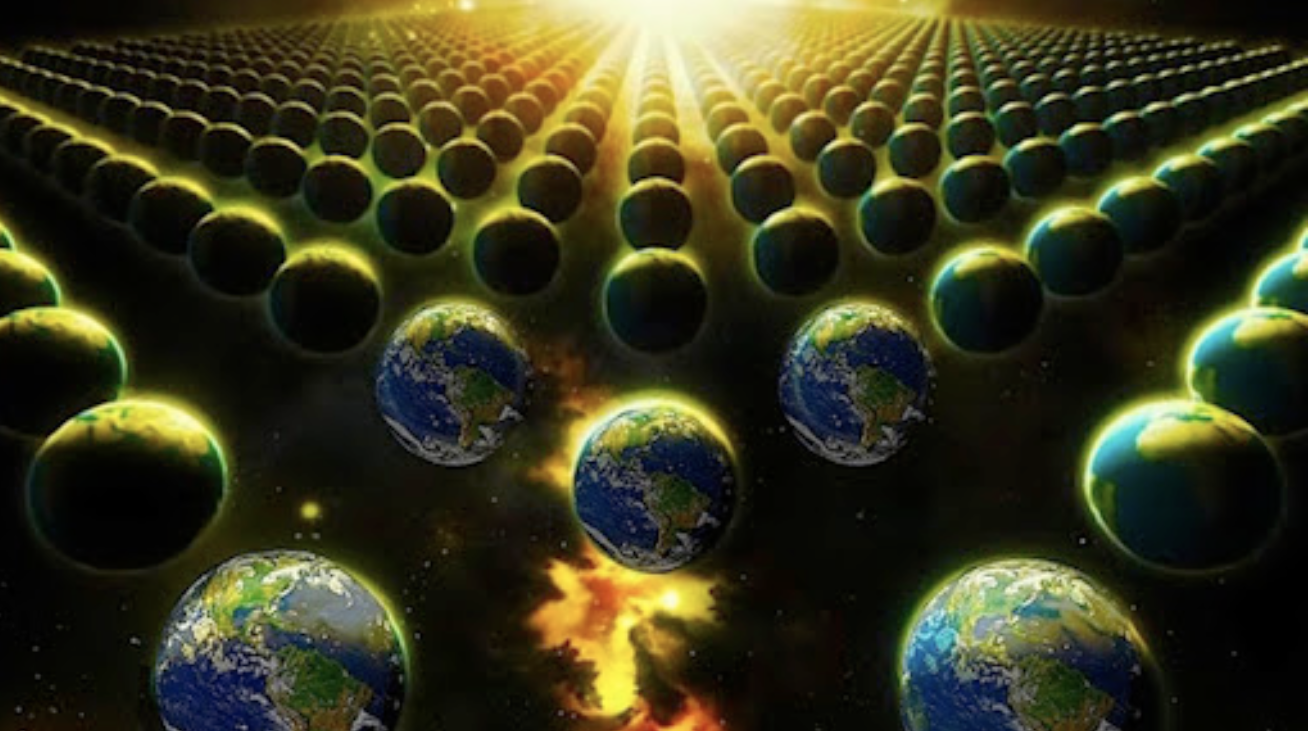
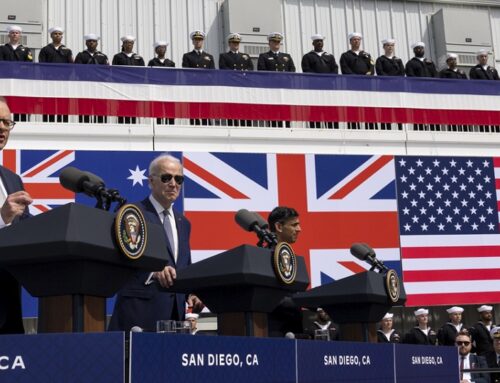
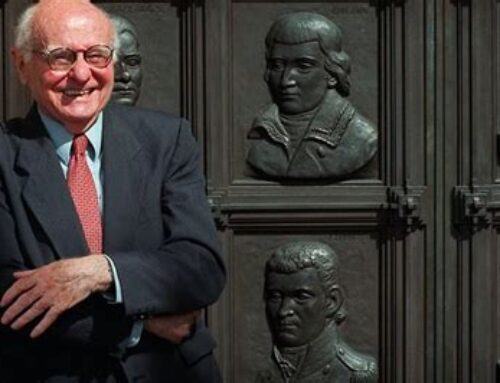
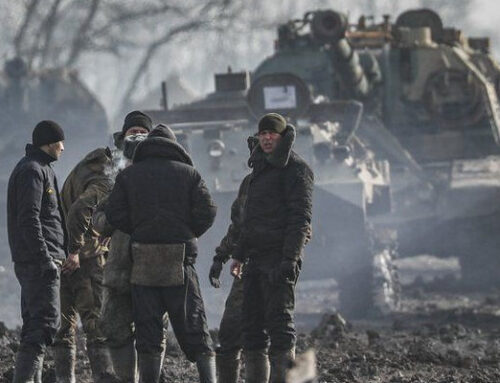

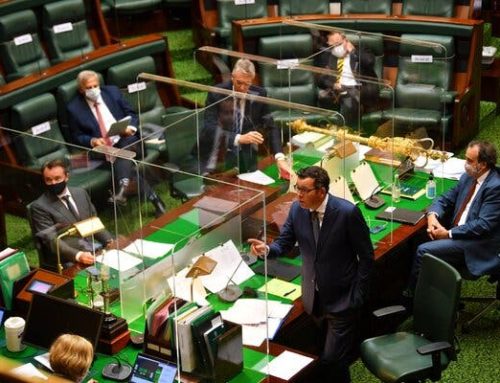
Leave a Reply